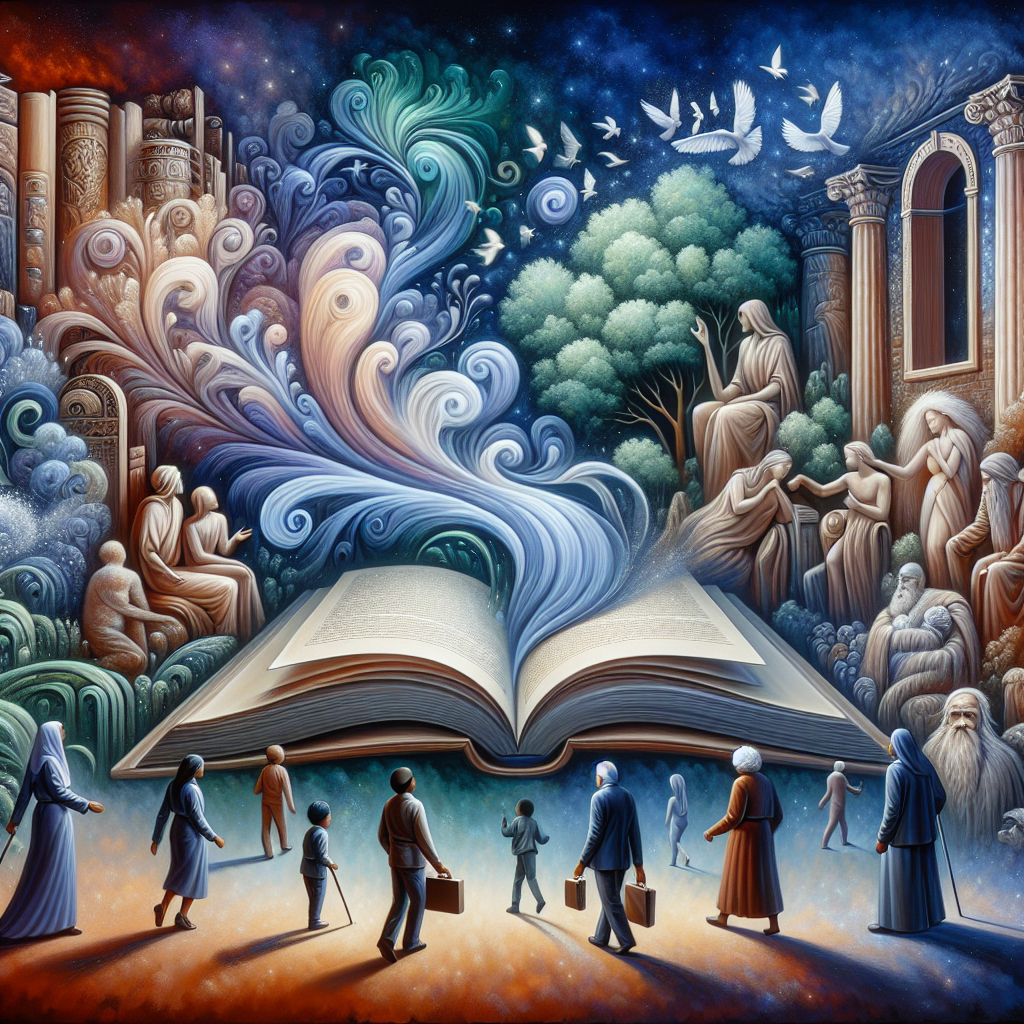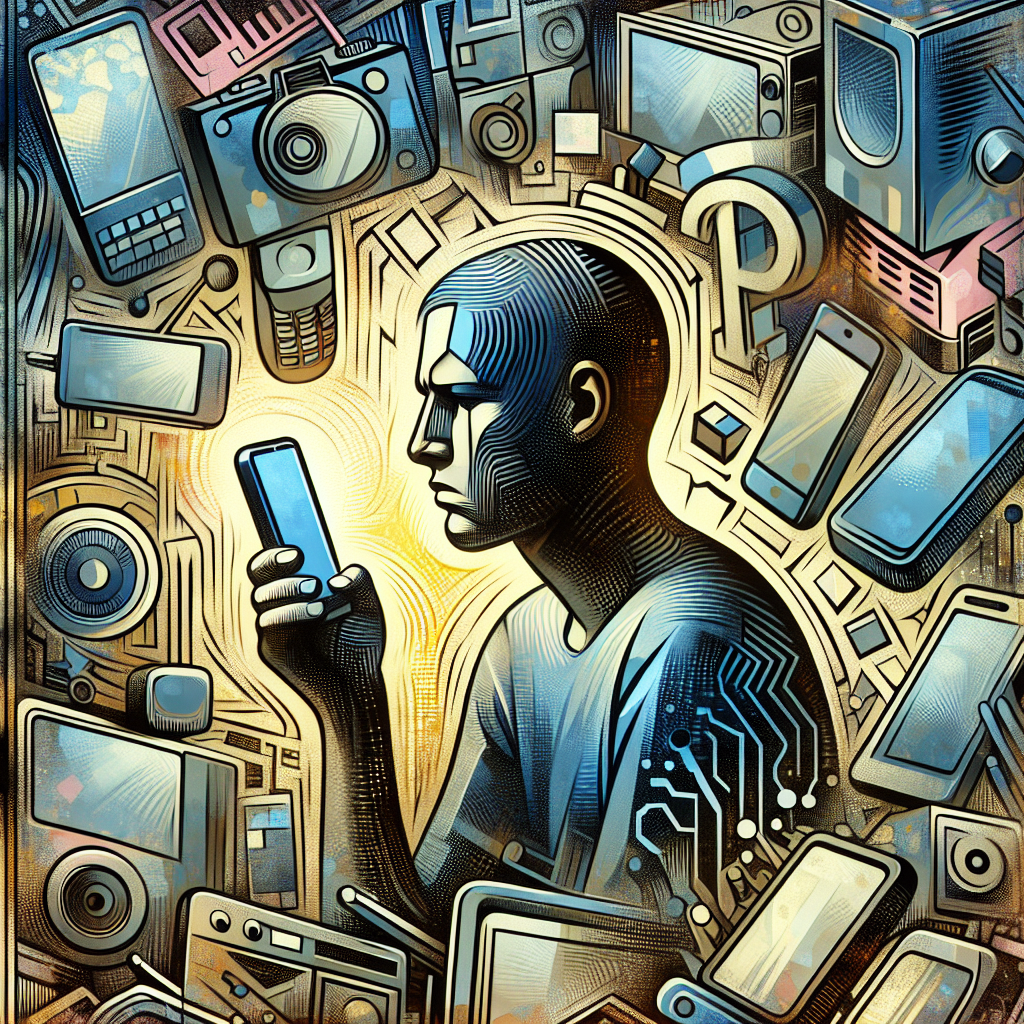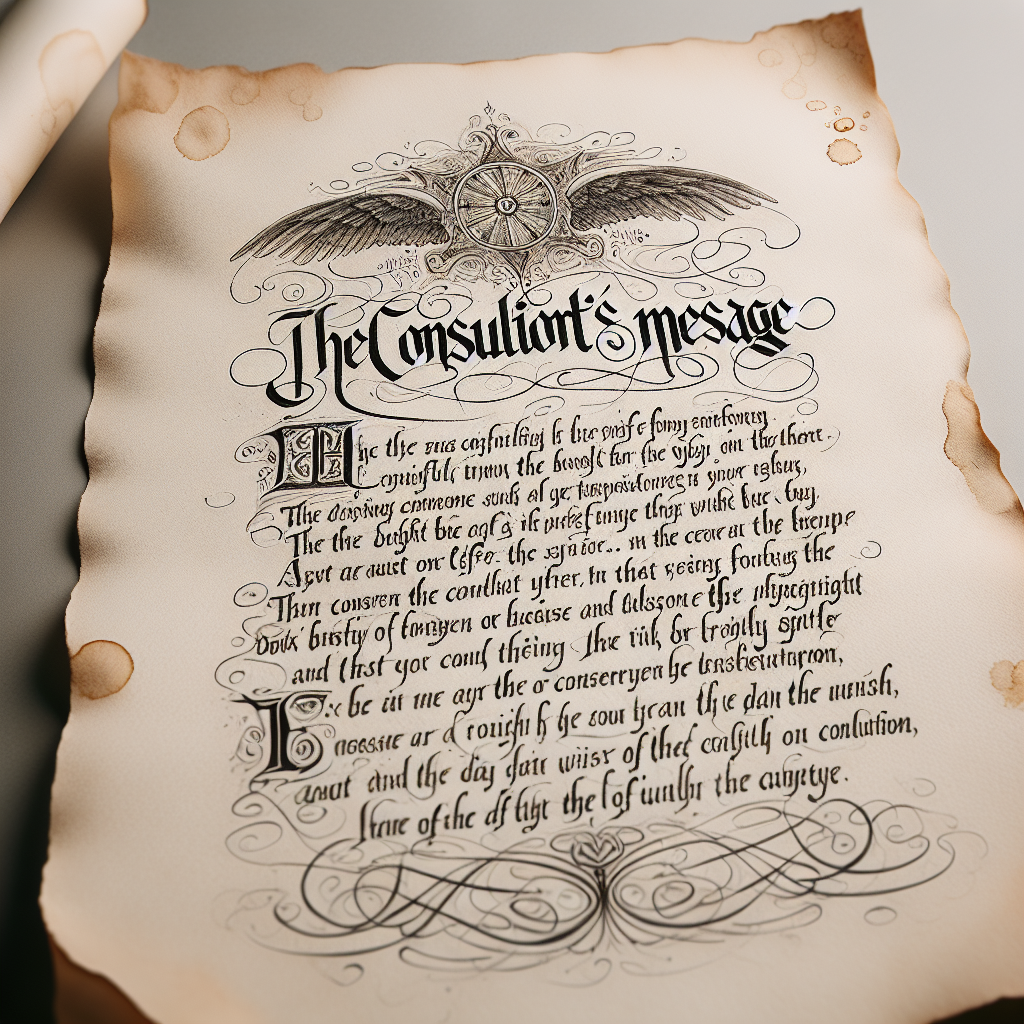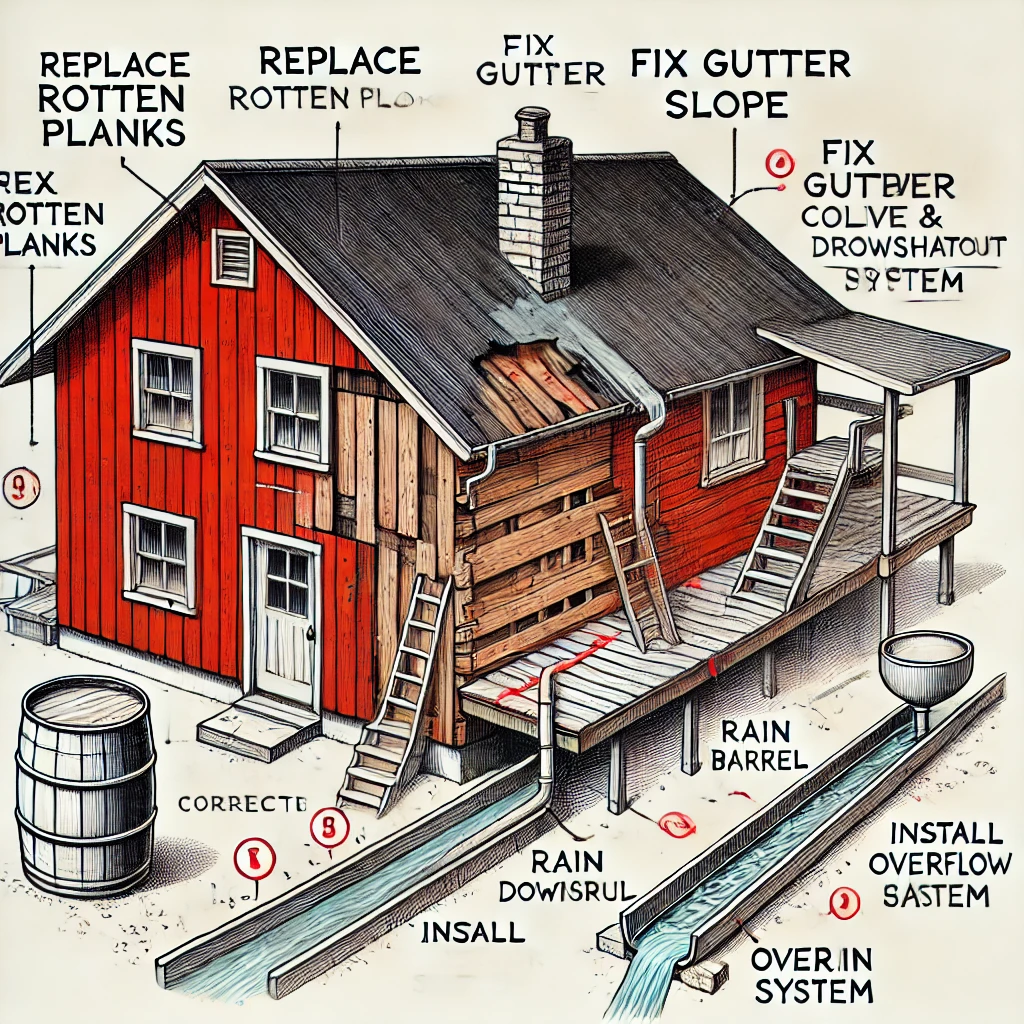
The Human Brain and Its Role in Creativity, Memory, and AI
by bernt & torsten
The human brain is a marvel of evolution, a universe within, teeming with thoughts, memories, and boundless creativity. Each individual possesses a unique mind shaped by personal experiences, emotions, and learning. This organ is not only a vessel for dreams and aspirations but also for pain and disappointment. It is through this complexity that creativity flourishes.
Artists, musicians, and writers have sought ways to enhance their creative potential for centuries. Many turned to substances - whether alcohol, hallucinogens, or stimulants - to push the boundaries of perception and imagination. However, as technology advances, artificial intelligence (AI) emerges as a new tool, promising to augment creativity without the destructive side effects of chemical substances. This article explores the evolution of creativity, the impact of substances on artistic expression, and how AI is poised to reshape the creative landscape.
The Uniqueness of the Human Brain
No two brains are the same. Each person’s mind is a repository of memories, emotions, and experiences. Childhood shapes the foundational structure of cognition, influencing how we perceive and process the world. The first kiss, the first heartbreak, the joys and sorrows - these experiences form a tapestry of thoughts and emotions that fuel creative expression.
Creativity is deeply personal. An artist paints not just with colours but emotions; a musician composes melodies that reflect personal joys and sorrows. The poet’s words flow from a well of lived experiences. Unlike machines, which generate output based on patterns and data, human creativity is spontaneous, emotional, and often irrational. It thrives on contrasts - the interplay between happiness and despair, inspiration and frustration, triumph and failure.
The Historical Link Between Creativity and Substances
Throughout history, many of the world’s most creative minds have sought ways to enhance their imagination. Substance use has long been intertwined with artistic and intellectual pursuits:
-
Alcohol and Writers – The relationship between alcohol and literary figures is well documented. From Ernest Hemingway to Edgar Allan Poe, many writers relied on alcohol to unlock more profound layers of thought and expression. The belief that alcohol enhances creativity stems from its ability to lower inhibitions, allowing thoughts to flow more freely.
-
Psychedelics and Artists – The 1960s saw an explosion of psychedelic use, particularly among musicians and visual artists. LSD and psilocybin (magic mushrooms) were believed to open doors to new dimensions of thought, enabling artists like The Beatles, Pink Floyd, and Salvador Dalí to create groundbreaking works.
-
Stimulants and Musicians – Jazz and rock musicians often turned to amphetamines and cocaine to maintain energy and focus during long performances and recording sessions. These substances allowed them to push their physical and mental limits, often resulting in extraordinary creative output.
However, substance-induced creativity comes at a cost. Many artists and thinkers who used drugs or alcohol suffered addiction, mental health issues, or untimely deaths. While these substances may have temporarily expanded their creative horizons, they often led to personal destruction.
AI a New Frontier for Creativity
With the advent of AI, a new question emerges: Can artificial intelligence enhance human creativity without the risks associated with drugs? AI does not dull the senses, impair judgment, or lead to dependency. Instead, it offers tools to expand creative possibilities in ways previously unimaginable.
-
AI as a Creative Partner – Unlike traditional tools, AI can actively contribute to the creative process. Musicians now use AI-assisted composition software to generate melodies and harmonies. Writers experiment with AI-powered language models to brainstorm ideas and refine prose. Visual artists leverage AI-generated images to inspire new artistic directions.
-
Breaking Creative Barriers - One key challenge in creativity is overcoming mental blocks. AI can act as a catalyst, providing suggestions, generating variations, and helping artists explore new styles. A painter facing a creative slump might use AI to create visual prompts, and a filmmaker could use AI-driven editing tools to craft visually stunning sequences.
-
Enhancing Personal Creativity – Unlike drugs, which alter perception in unpredictable ways, AI allows individuals to maintain control over their creative process. By integrating AI into workflows, creators can amplify their unique vision rather than replace it. The human brain remains the originator of ideas, while AI is an enhancer.
The Duality of AI in Creativity
While AI offers unprecedented opportunities for creativity, it also raises concerns. Will AI lead to homogenized art, where originality is lost in algorithms? Will reliance on AI stifle genuine human creativity instead of enhancing it? The impact of AI on creativity depends on how individuals engage with it.
For some, AI will be a tool that elevates artistic expression, allowing them to reach new creative heights. For others, it may become a crutch, replacing genuine effort with machine-generated output. Just as substances affect individuals differently - some use them to fuel genius, while others succumb to addiction - AI’s influence on creativity will vary from person to person.
The Future AI and the Human Mind
As AI evolves, it may become increasingly integrated with human cognition. Brain-computer interfaces could enable direct collaboration between human intelligence and artificial intelligence. Imagine an artist who can generate visual ideas directly from thought or a composer who can translate emotions into music instantaneously.
However, there is also the risk of dependency. If AI becomes the primary driver of creativity, what happens to the human spirit of innovation? Will we lose our ability to create without technological assistance? Just as artists once questioned whether they could create without substances, future creators may grapple with whether their art is truly their own or a product of AI augmentation.
Wrapping Up
The human brain remains the most powerful creative force in existence. It holds the memories, emotions, and experiences that define individual expression. While substances have historically been used to expand creative horizons, they often come with devastating consequences.
AI presents a new opportunity—a way to enhance creativity without the pitfalls of substance use. It has the potential to break barriers, inspire innovation, and amplify artistic expression. However, as with any tool, its impact will depend on its use.
For some, AI will be the key to unlocking new creative dimensions. For others, it may become a limiting force, reducing originality. Ultimately, the relationship between human creativity and AI will be shaped by choice, intention, and balance.
The future of creativity is not about replacing the human brain - it is about finding ways to expand its potential. Whether through paintbrushes, musical instruments, or artificial intelligence, the spark of creativity will always reside within us.

Tech Disillusionment
For four decades, I have worked in the tech industry. I started in the 1980s when computing...

A Poem: The Consultant's Message
On a Friday, cold and gray,
The message came, sharp as steel,
Not from those we...

Using AI to Plan Wall Repair and Gutter Installation
In this article, I will share my experience using AI to plan the work required to fix a wall...